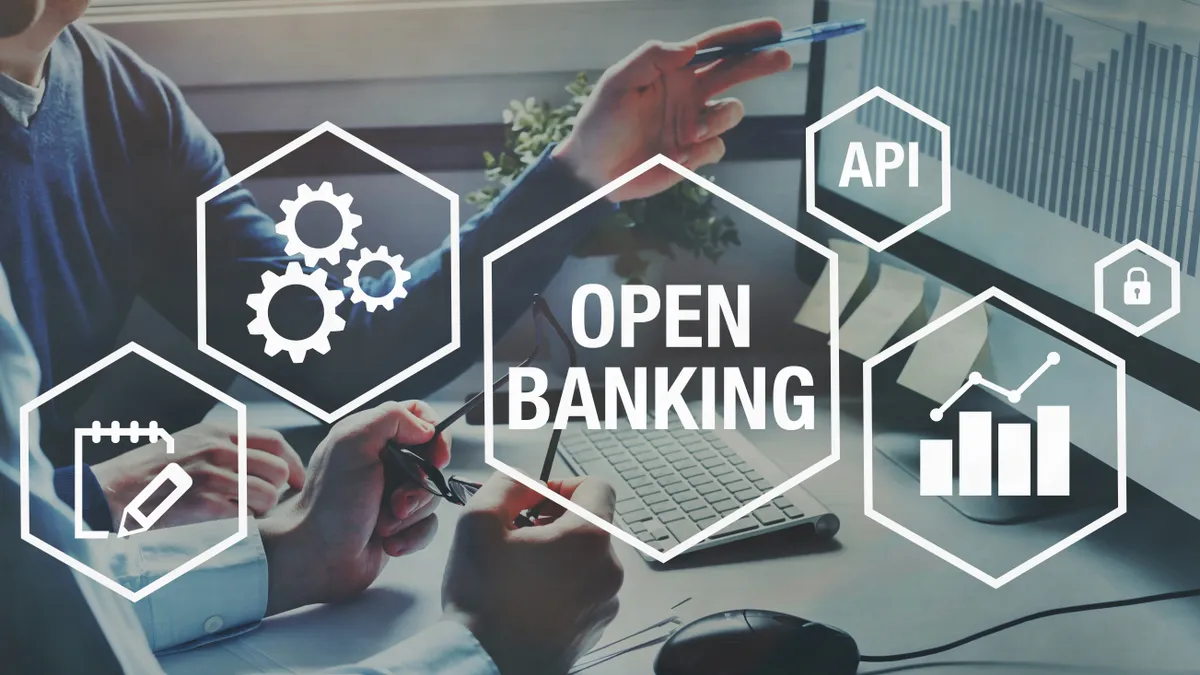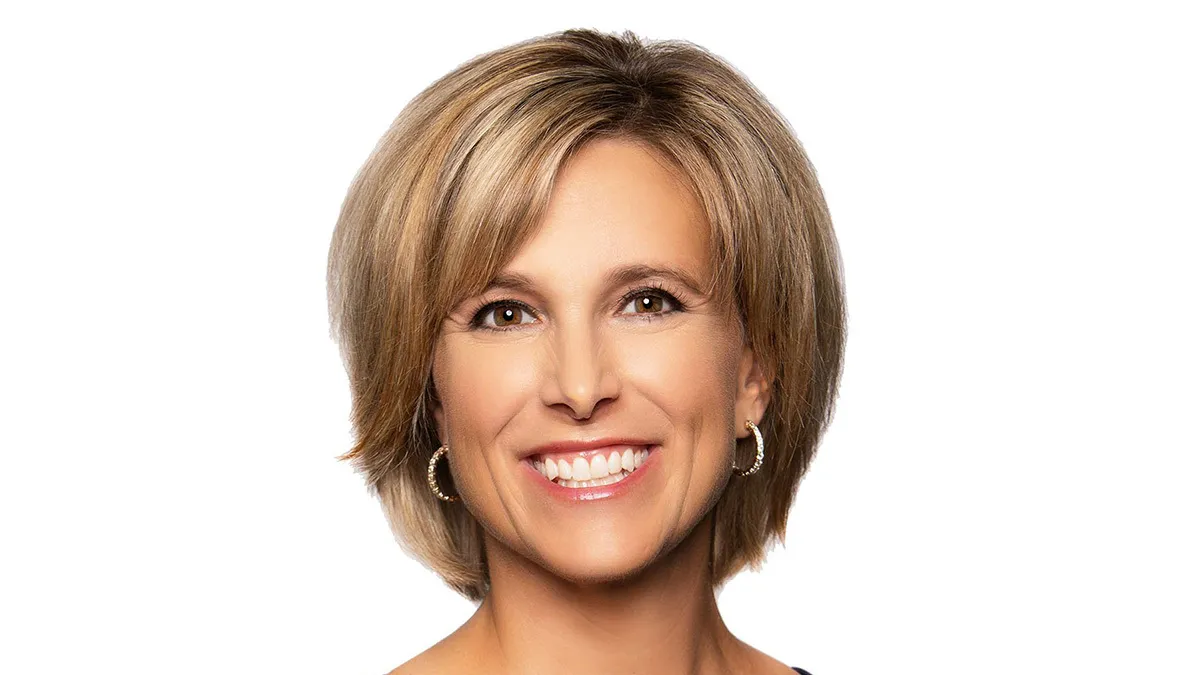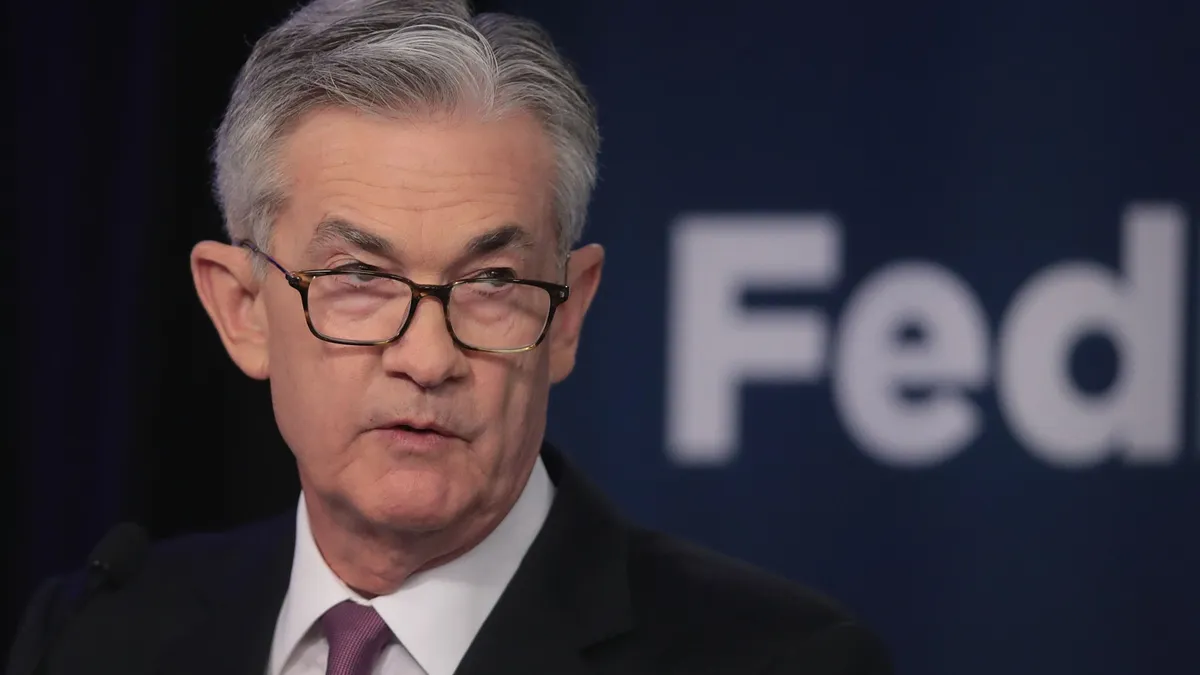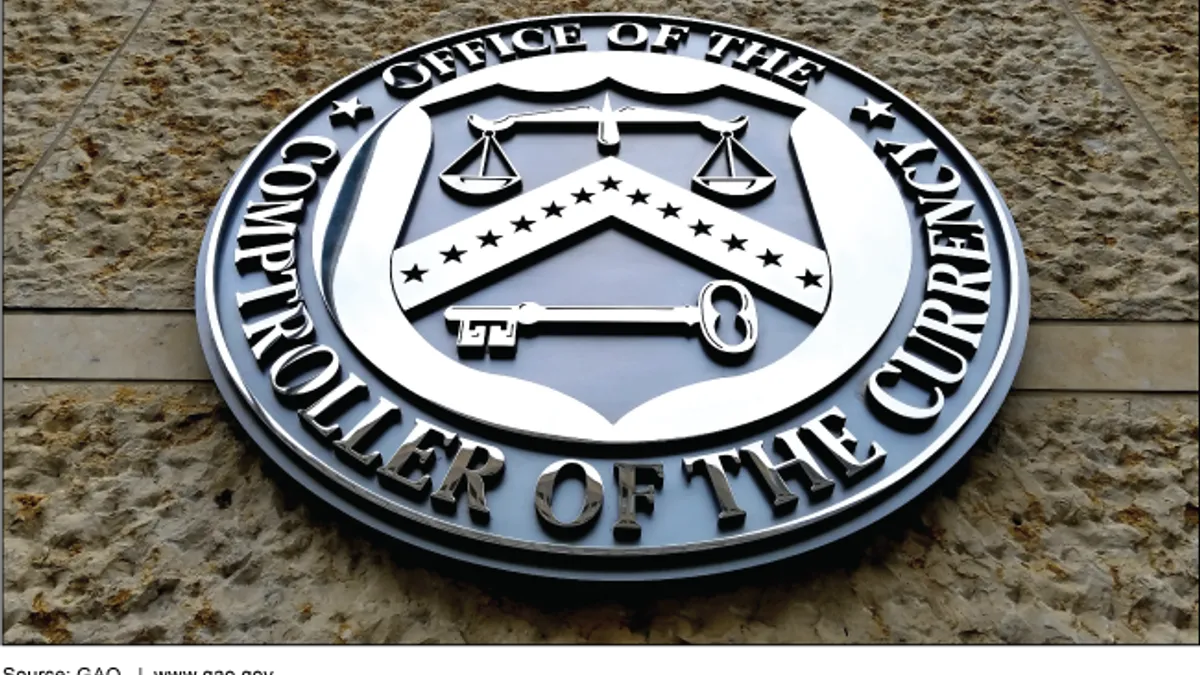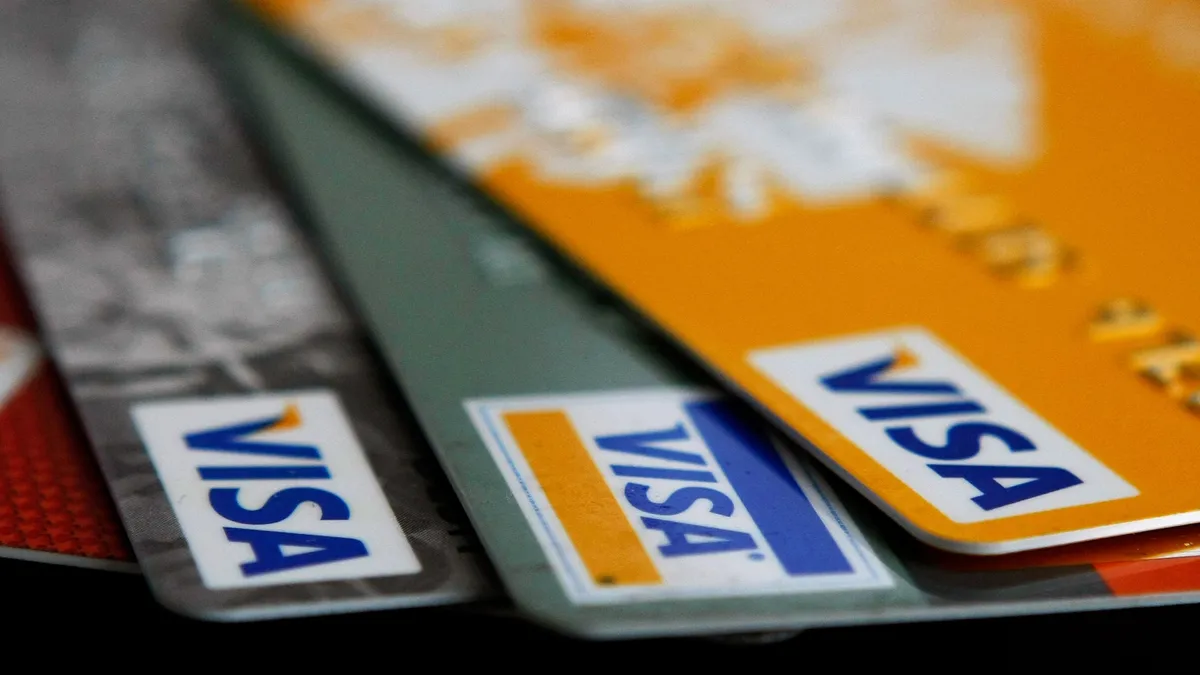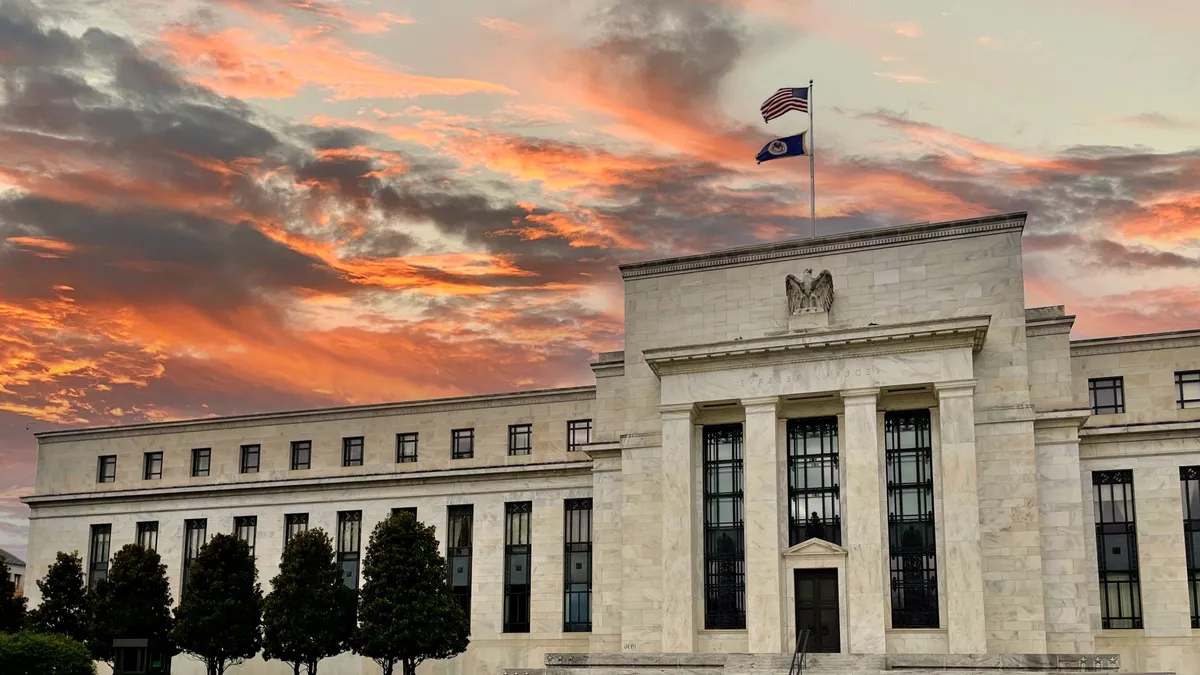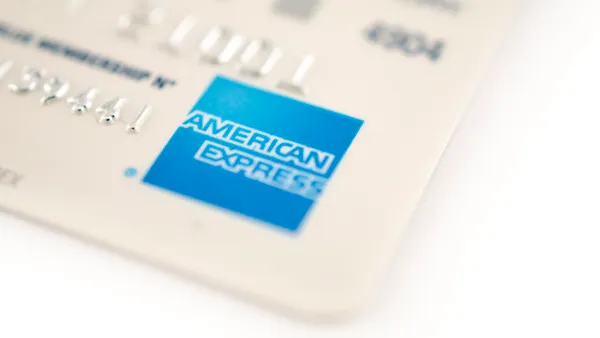Jonah Crane is a partner at Klaros Group, a regulatory advisory and investment firm. He is based in Washington, D.C.
The Consumer Financial Protection Bureau’s proposed personal financial data rights rule is a big step in the right direction. Now we need smart policies.
After years of delay, the CFPB finally proposed the rule last October – a step hailed as evidence the U.S. is at last embracing open banking.
Open banking – which lets consumers give third-party applications like Venmo access to their financial account data – has existed in the U.S. since online banking and brokerages emerged 20 years ago. Still, the CFPB's proposed rule is incredibly important and should accelerate a shift toward open banking, just as the bureau intends.
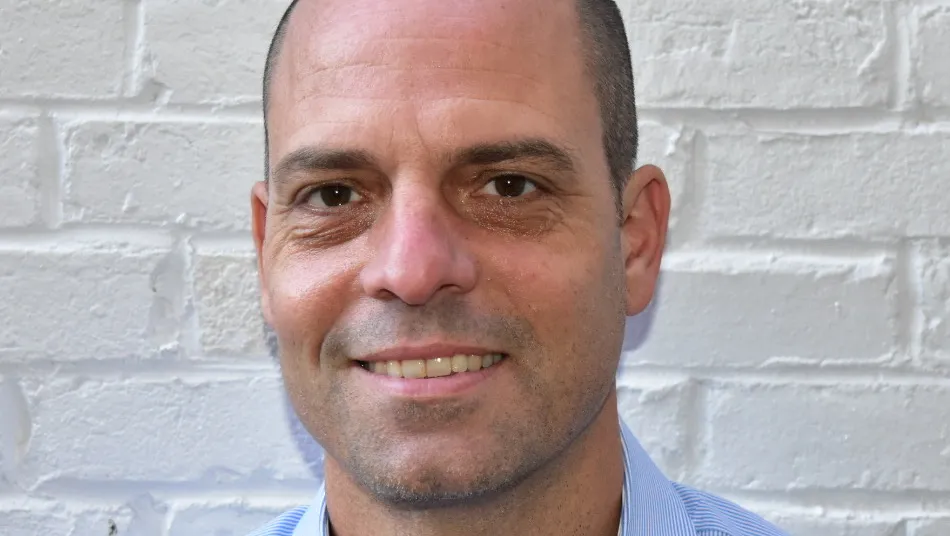
To understand why, it helps to know how the industry developed. Open banking was first used to aggregate information from multiple brokerage or retirement accounts. Over time, new digital applications started using account aggregation for things like the online budgeting tool Empower. But, consumers’ ability to act with their accounts remained limited: People could only view them.
But that soon changed. With the introduction of smartphones equipped with third-party applications, a new wave of financial technology (“fintech”) applications – all built on open banking technologies – appeared. The new technologies allowed consumers to see and make payments from or manage their accounts. If you’ve sent money using Venmo or gotten a loan from Rocket Mortgage, you’re one of the 100 million consumers who’ve used open banking.
So, why does the CFPB need to institute an open banking rule if open banking already exists? There are two primary reasons. First, the connection between financial service applications and consumers’ banks often fails. That’s because many banks don’t offer secure, reliable portals for account-linking companies like Plaid and Finicity to connect to. The CFPB’s proposed rule addresses this critical issue by requiring financial institutions to create “developer interfaces” that work 99.5% of the time. By ensuring the functionality of the open banking system, this key provision encourages greater use of open banking and paves the way for a new generation of innovative financial applications.
The rule contains a second vital provision: It gives clear consumer protections on who can access data, how it can be used, and who is accountable for mishandled data. In short, it gives consumers protection and confidence. That means they’ll be more comfortable allowing access to their data, accelerating the move to open banking.
The new rule makes some significant strides in the right direction. But what’s really needed to get open banking running along at a clip? And what could go wrong? Policy details matter. For good or for ill, they’ll shape the way the market develops.
One valuable lesson comes from the U.K.’s 2019 open banking rule: Avoid overly prescriptive standards. The U.K.’s original rules required consumers to renew their permission every 90 days. When they didn’t, the financial applications they counted on failed, creating frustration.
Wisely, the CFPB is looking to the private sector to define technical standards through a standard-setting organization. This is the right approach because it allows the standards to change as technology advances and prevents locking one era’s standards in place. Imagine if the government ruled that 8-tracks were the best audio standard and innovations in music technology came to a dead stop. The CFPB needs to ensure the standards organization doesn’t become a gatekeeper that prevents the emergence of new technologies or engages in anti-competitive behavior.
A final area of concern is the rule’s limited scope. It only applies to certain types of banking and credit card accounts. The CFPB lacks jurisdiction to require brokerage accounts to permit access, and recent reports indicate big players in the retirement space may be building a moat around their customers’ data. If this trend continues, the new rule could lead to a bifurcated world where access to banking data accelerates while access to brokerage and retirement account data stagnates. How would this version of open banking benefit consumers?
U.S. consumers have long enjoyed the efficiencies of market-led open banking, and the CFPB’s proposal should solidify the existing foundation and usher in a more open, innovative, and competitive consumer financial ecosystem. The new rule is a big step in the right direction, but as always, the devil is in the details.
Realizing open banking’s enormous potential will require thoughtful, well-informed policymaking that keeps up with technological change, fosters innovation, and protects and enhances consumer financial services.

